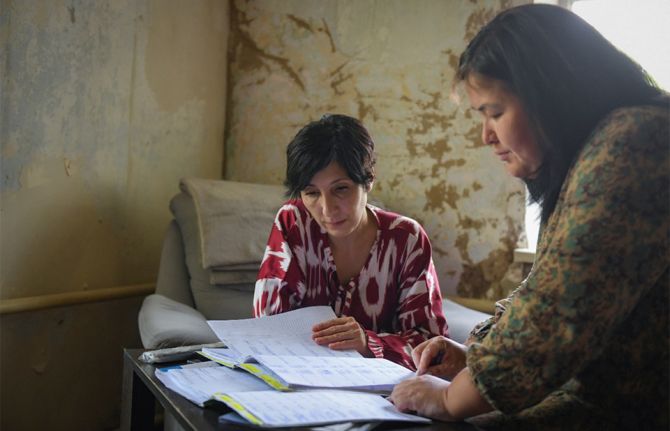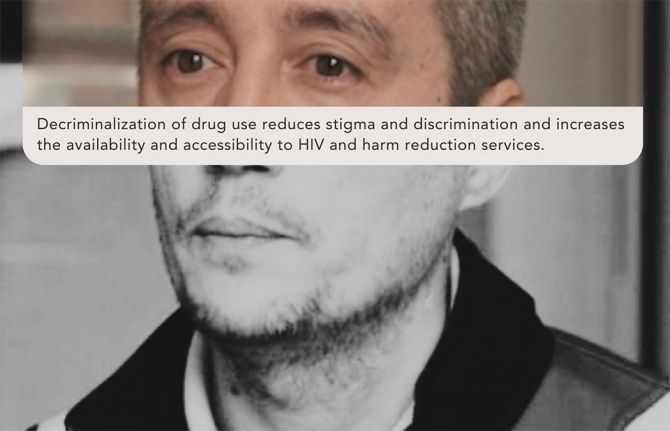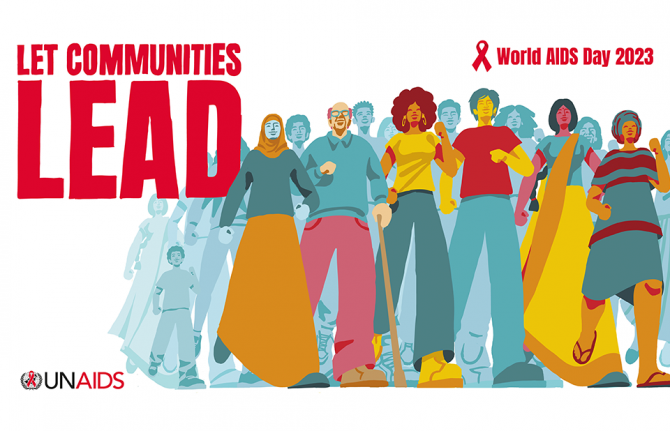Documents
HIV on the rise among injecting drug users in Pakistan
Despite having an HIV prevalence of less than 0.1% among its general population, Pakistan’s HIV epidemic has transitioned from low to a concentrated one as the prevalence among IDUs has steadily increased from 10.8% in 2005 to nearly 21% in 2008.
Related
 HIV services and social reintegration programmes for prisoners and newly released detainees in Kyrgyzstan at risk of collapse
HIV services and social reintegration programmes for prisoners and newly released detainees in Kyrgyzstan at risk of collapse

08 мая 2025 года.
Take the rights path to end AIDS — World AIDS Day report 2024
26 ноября 2024 года.
2024 global AIDS report — The Urgency of Now: AIDS at a Crossroads
22 июля 2024 года.
 UNAIDS urges scaling up of evidence-based services to address the transmission of HIV and viral hepatitis among people who use drugs
UNAIDS urges scaling up of evidence-based services to address the transmission of HIV and viral hepatitis among people who use drugs

14 мартаа 2024 года.
Let Communities Lead — UNAIDS World AIDS Day report 2023
28 ноября 2023 года.
 Ahead of World AIDS Day UNAIDS is calling for urgent support to Let Communities Lead in the fight to end AIDS
Ahead of World AIDS Day UNAIDS is calling for urgent support to Let Communities Lead in the fight to end AIDS

30 ноября 2023 года.
Summary — Let Communities Lead — UNAIDS World AIDS Day report 2023
28 ноября 2023 года.
 A rainbow of hope for LGBTQI+ people in rural Japan
A rainbow of hope for LGBTQI+ people in rural Japan

17 мая 2023 года.
 UNAIDS calls for access to HIV prevention, treatment and care in prisons, including access to life saving harm reduction services
UNAIDS calls for access to HIV prevention, treatment and care in prisons, including access to life saving harm reduction services

07 мая 2023 года.
 Moldova expands harm reduction services to all prisons
Moldova expands harm reduction services to all prisons

05 мая 2023 года.
